5. Get Out (2017)
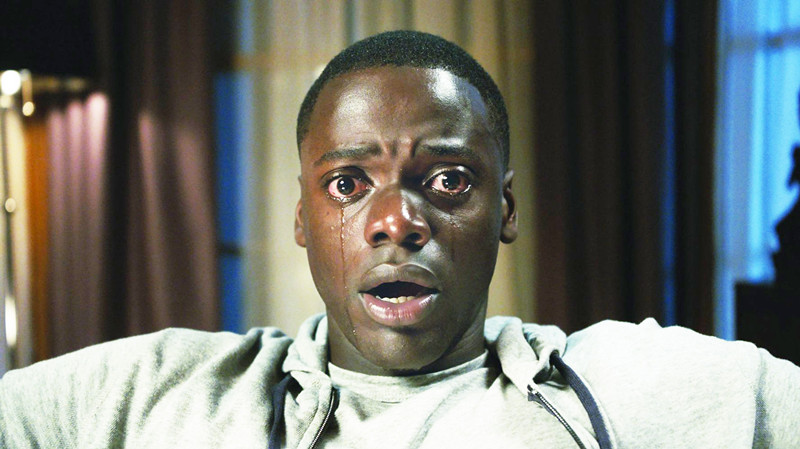
Written and directed by Jordan Peele in his directorial debut, Get Out made an impact on audiences not only with its political and social commentary but also with its horror prowess. It grossed $255 million at the box office against its budget of $4.5 million, making it one of the most profitable films of the year. Get Out went on to win the Academy Award for Best Original Screenplay.
Get Out is brilliantly effective and clever and manages to combine horror, elements of comedy and social critiques to make a highly watchable horror film. Yet Get Out also has great rewatch value as well, due to its various hidden clues and subtext which audiences do not notice on a first viewing. Being an apt snapshot of society whilst also being entertaining means that Get Out will undoubtedly be a film that audiences return to time and again.
Trivia: Director Peele has talked about how he is an unapologetic movie lover and so he put all kinds of references to classic films in Get Out. The opening scene’s subversion of the perfect white neighbourhood is inspired by Halloween. And the white car stalking the film’s first victim is inspired by both Jaws and Christine.
4. Shaun of the Dead (2004)
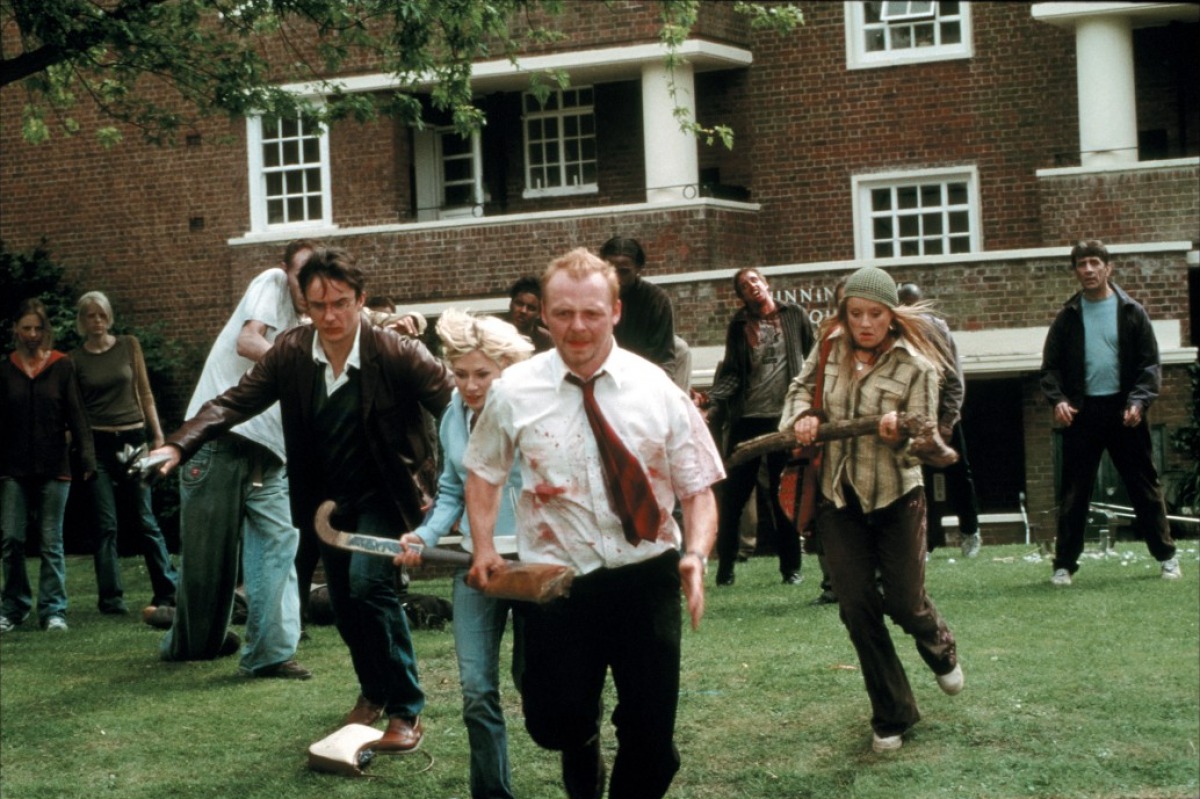
The first instalment in Shaun Pegg and Nick Frost’s Three Flavours Cornetto Trilogy which was written by Pegg and Frost and directed by Edgar Wright, Shaun of the Dead was a commercial and critical success that helped popularise the reincarnation of zombie films in the horror genre.
Shaun of the Dead has consistently been recognised on various lists since its release in 2004. It was named the ninth greatest zombie film of all time by Stylus magazine, the best film of the decade by Now and one of the twenty-five greatest horror films by Time. It has also become the comedy zombie film that other comedy zombie films are measured against.
The very British setting and humour helps Shaun of the Dead stand out amongst similar films – not only is it a great comedy, it also uses splatter and gore in a way that still classes it very much as an effective horror film. The successful mix of horror and humour, not to mention its satirical qualities, makes Shaun of the Dead a highly rewatchable film.
Trivia: Cornettos appear in the film because director Edgar Wright once ate a Cornetto to help cure his hangover and he thought it would be funny if after a night of drinking, Ed did the same.
3. Jaws (1975)
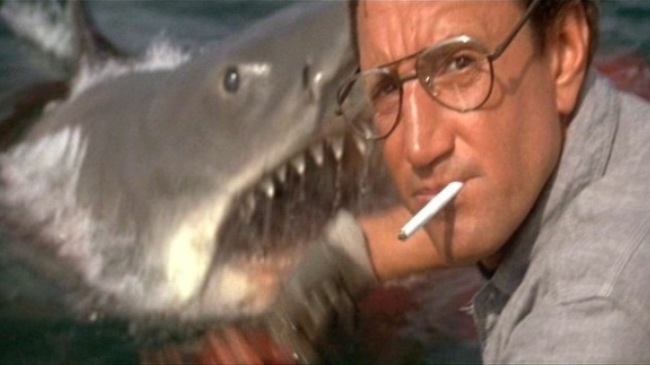
Based on Peter Benchley’s 1974 novel of the same name and directed by Steven Spielberg, Jaws is often cited as one of the best films of all time. Grossing over $470 million at the box office, it was the highest grossing film of all time until Star Wars was released in 1977.
Though Jaws is not often thought of as a horror film, it has many classical horror elements and themes – a buildup of suspense and tension, jump scares and a killer that mercilessly stalks its prey, to name just a few. Thus Jaws undoubtedly belongs in the horror genre. Jaws is a film that audiences find themselves returning to, even if it is after many years. Since its release, many copycat and imitation films have been released, but nothing can quite live up to the horror of Jaws.
Trivia: Jaws played a major part in determining how big Hollywood studios now release their films. Firstly it showed that summer was a prime release time, whereas previously studios had released their big hope films in the winter. It also showed that mass release to thousands of cinemas simultaneously worked really well, rather than letting a film grow slowly by word of mouth.
2. The Shining (1980)
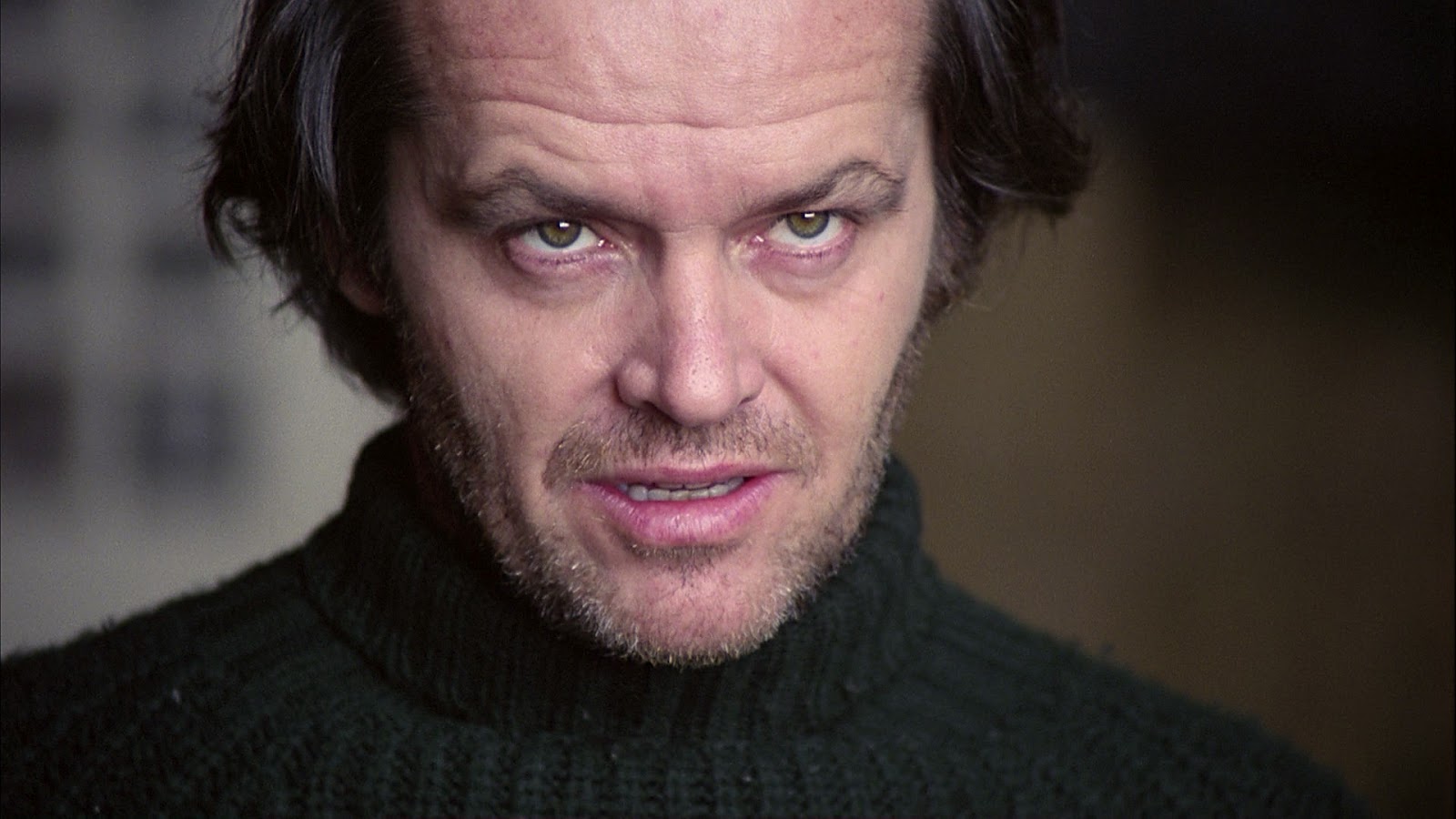
Based on the novel by Stephen King, Director Stanley Kubrick’s 1980 film received a mixed response from critics and audiences at the time. However, it has since gone on to be widely regarded as one of the best horror films of all time and it has had a massive influence on pop culture. Parodies and homages in popular culture have not only driven new audiences to the film, but have also inspired many to rewatch The Shining again and again.
The Shining also continues to generate interest due to its troubled production history. The Shining had a long and difficult production and principal photography took over a year. This overrun in schedule was due to Kubrick’s meticulous methods and certain scenes being filmed again and again until the actors were in tears. The Shining currently holds the record for the most takes of a scene – the famous baseball confrontation scene took one hundred and twenty-seven takes.
Trivia: Stephen King has always upheld the belief that The Shining is one of the poorest adaptations of his work. He has even gone so far as to say that it was the only adaptation that he could remember feeling like he hated. As a result, King took a much more hands on approach with the 1997 miniseries adaptation.
1. The Thing (1982)
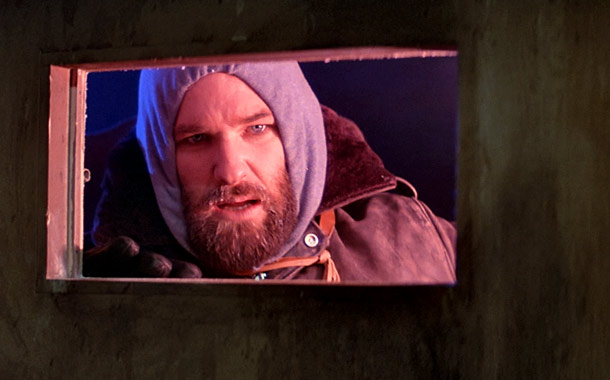
When The Thing was released in 1982 it was panned and dismissed as being “instant junk.” But after its release onto home video and showings on television, The Thing began to find an audience. It has now been re-evaluated as one of the best horror films of all time, has amassed a cult following and has had a significant impact on pop culture.
Written by Bill Lancaster and directed by John Carpenter, The Thing combines thriller elements with gore and horror to make for an unsettling film watching experience. The makeup and effects have undoubtedly aged but are still incredibly effective. The Thing has also been subject to a number of fan theories and subtle Easter eggs, thus making The Thing a film that has ongoing appeal.
Trivia: The Thing had a disappointing box office opening, opening at number eight in the top ten and making just $3.1 million on its opening weekend. Universal were incredibly unimpressed with the film’s performance which led to them parting ways with director Carpenter.
Carpenter blamed the film’s failure on Steven Spielberg’s film E.T, which was released around the same time and was a massive success. He said “I’d made a really grueling, dark film and I just don’t think audiences in 1982 wanted to see that. They wanted to see E.T.”